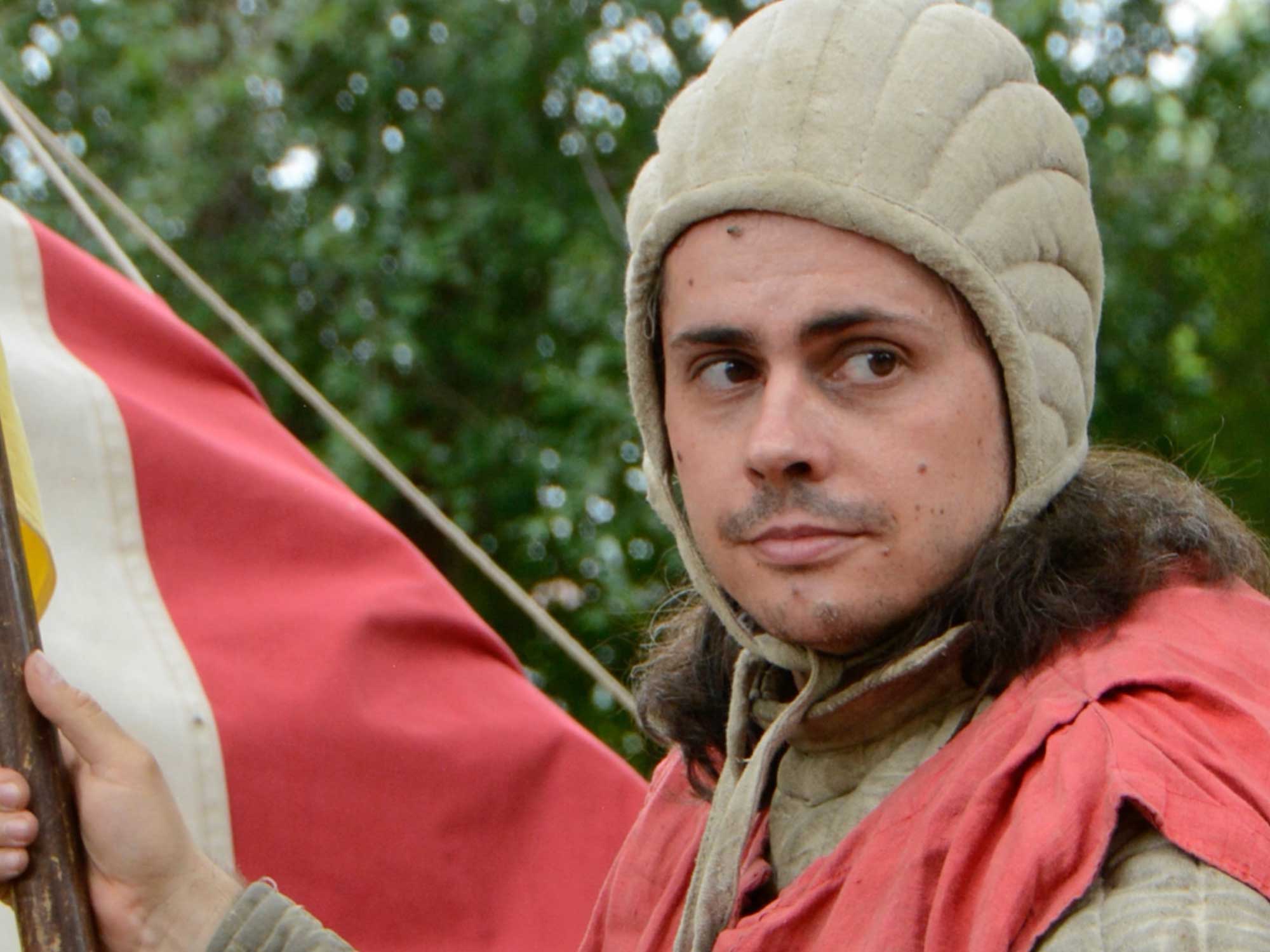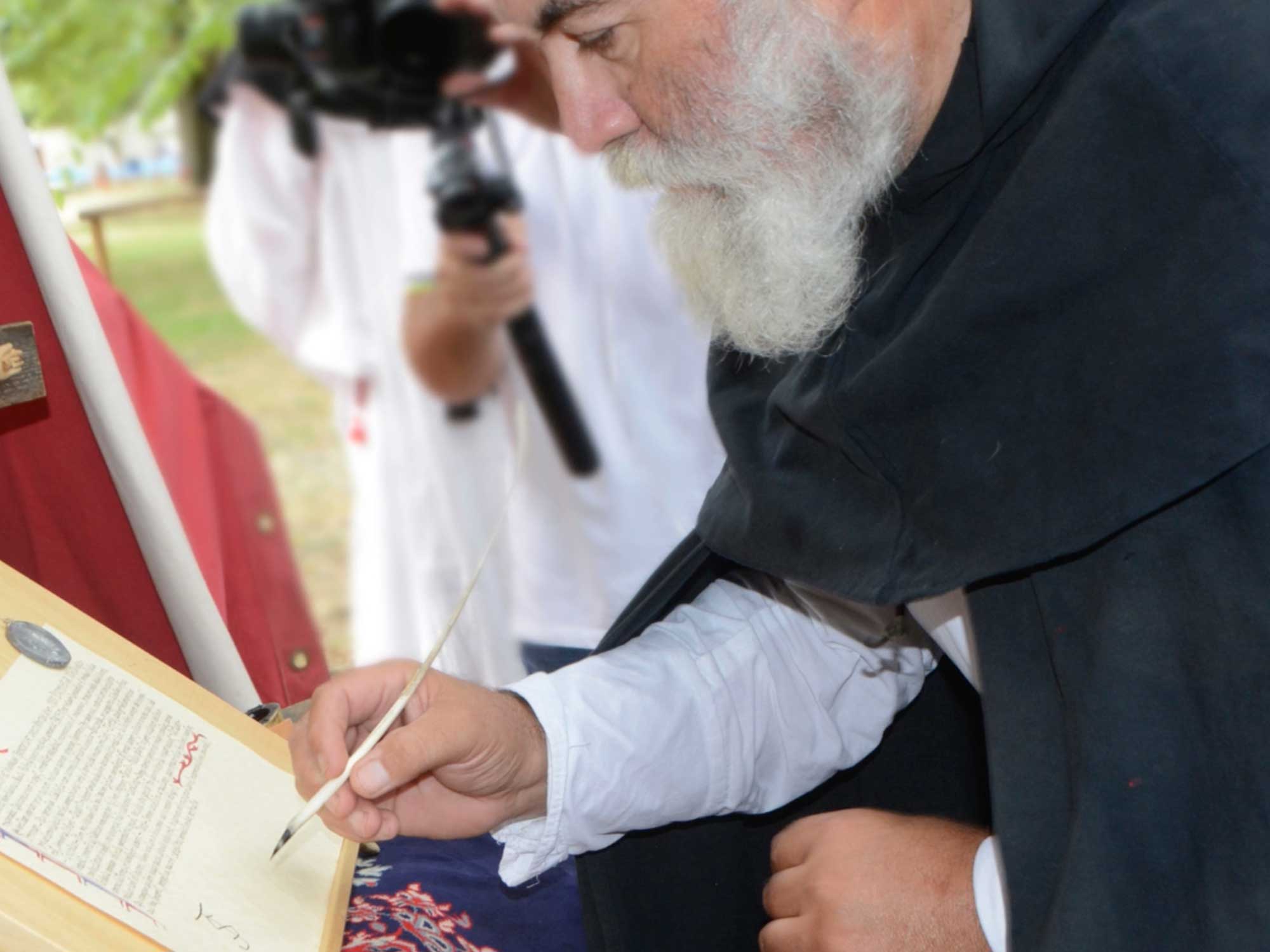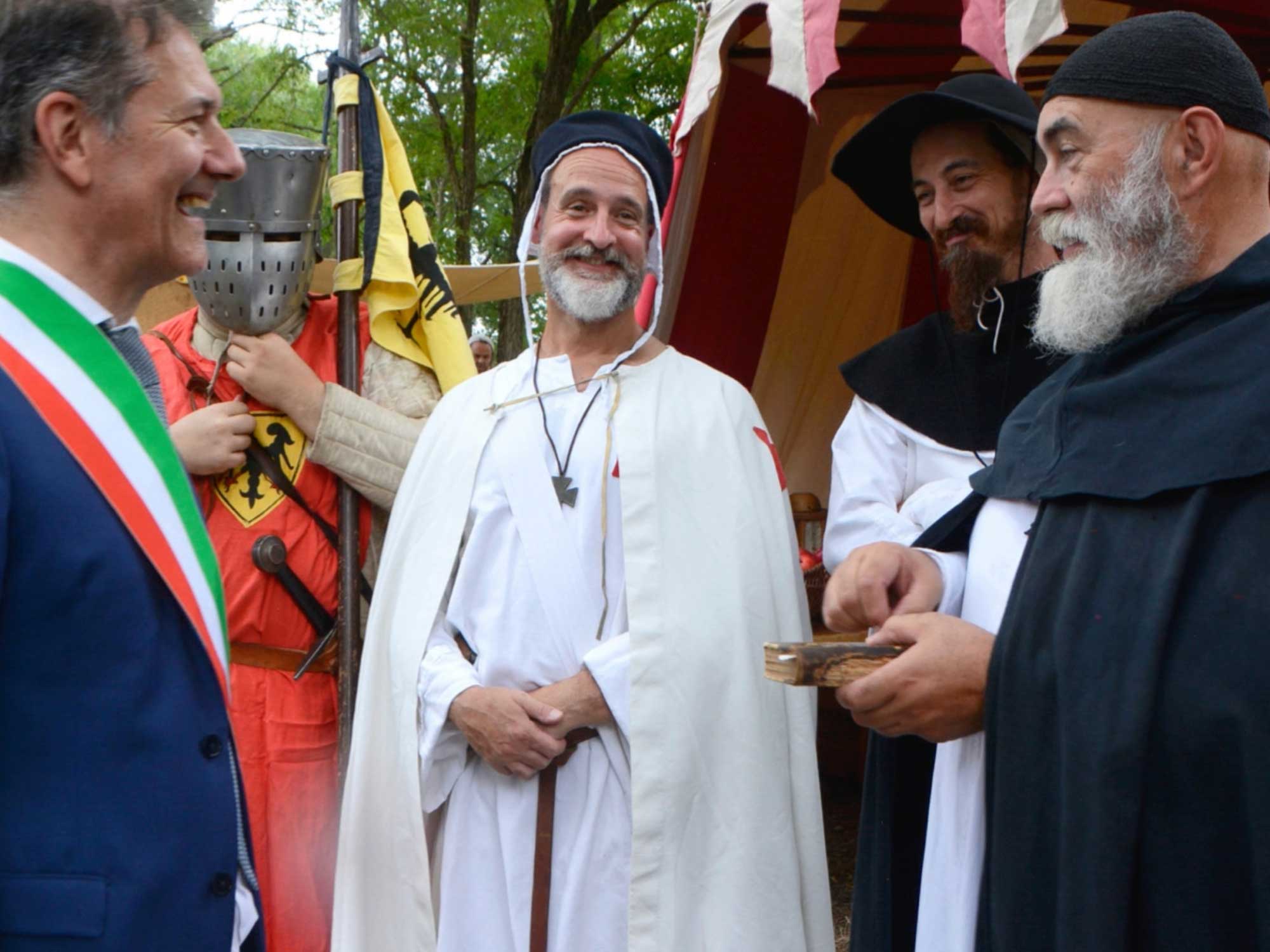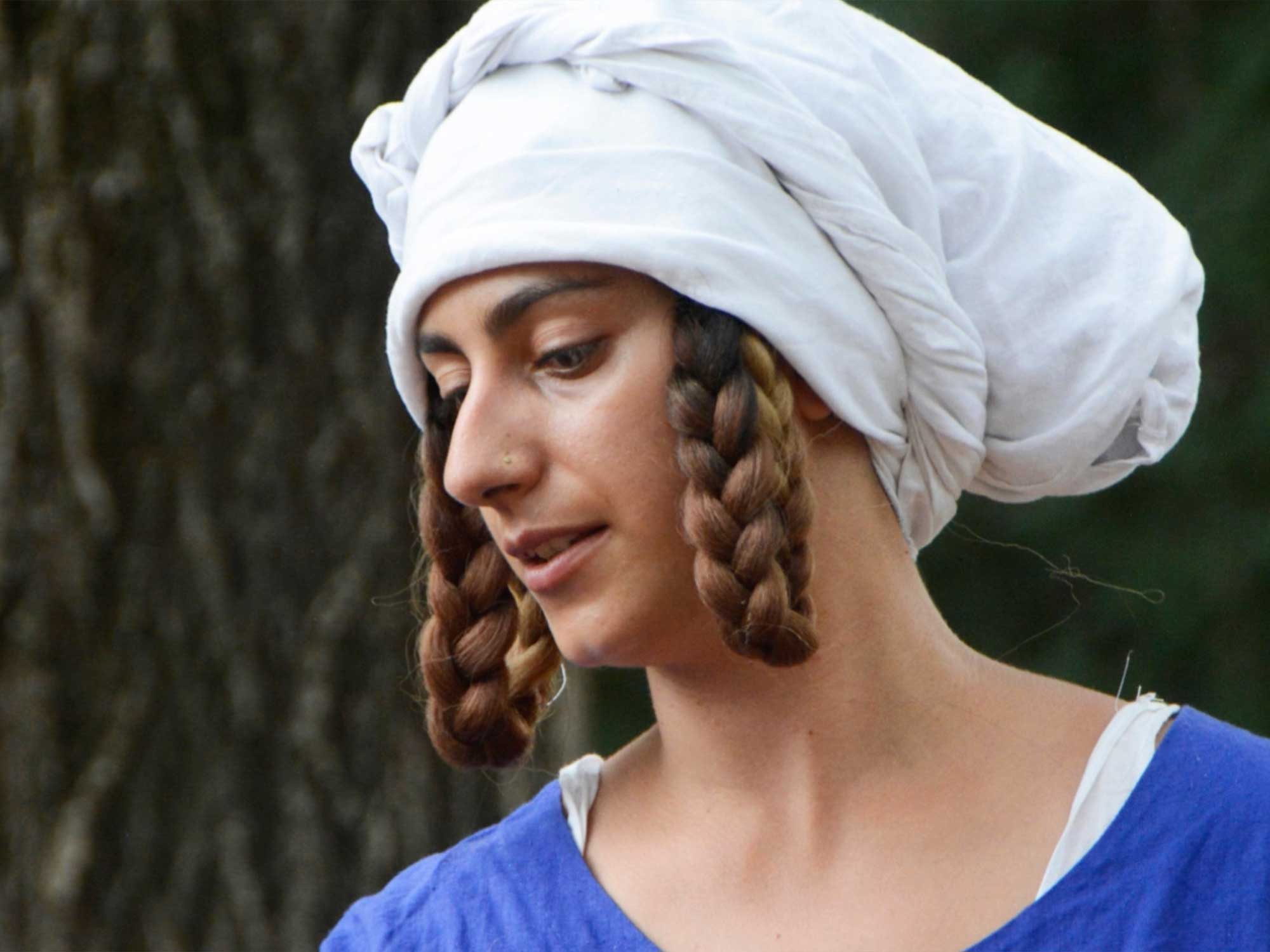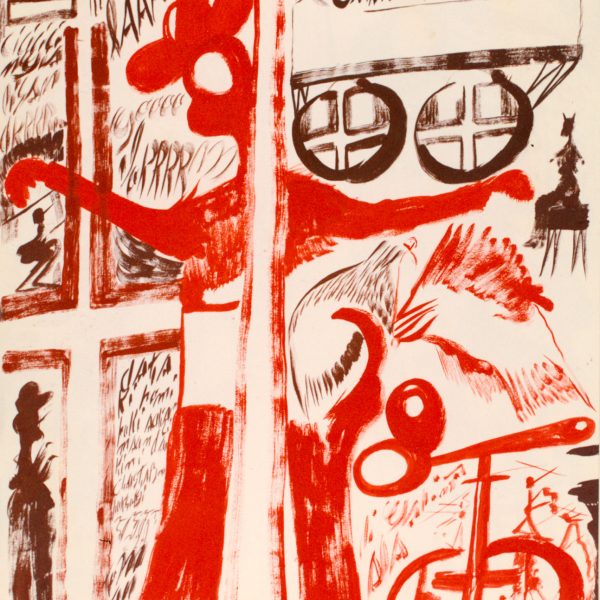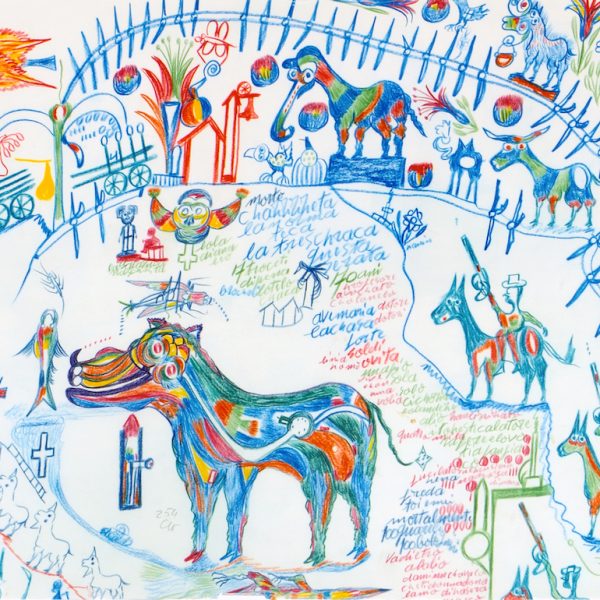- Home
- |
- Discover San Giovanni Lupatoto
- |
- Art and History
Art and History
THE UNMISSABLE HISTORICAL RE-ENACTMENT
The Peace of Paquara
The Peace of Paquara was an important treaty signed on August 28, 1233 in San Giovanni Lupatoto, with the intent of putting an end to the violent struggles between the factions of the Guelfi, supporters of the Papacy, and the Ghibellini, supporters of the Empire. The promoter of this truce was the Dominican friar Giovanni da Schio, known for his oratory skills and political commitment.
A day among ladies and knights
The signing of the Peace of Paquara occurred during a period of intense conflicts between the Guelphs and Ghibellines, characterized by looting and revenge, in Northern Italy. Giovanni da Schio gathered all the contenders in the plain of Paquara to promote reconciliation and in front of a large crowd, including numerous bishops of the main cities of Northern Italy, he preached quoting “pacem meam do vobis, pacem meam relinquo vobis“(My peace I give to you, my peace I leave with you).
Today, this historical event is commemorated annually in San Giovanni Lupatoto with a costumed event, organized by the local association Gsg Mombocar and the Compagnia del Gardello.
The reenactment involves over 200 participants in medieval costumes, who simulate battles, offering shows and educational activities for visitors, young and old. This celebration not only honours a crucial historical moment, but also educates new generations about local history, keeping alive the memory of the Peace of Paquara through dedicated streets and plaques.
THE VISIONARY ART OF
Carlo Zinelli
Carlo Zinelli (1916–1974) was an important Italian outsider artist, known for his lively, expressive works created mainly during his psychiatric hospitalization. His art, recognized and appreciated by Jean Dubuffet, reflected his personal experiences and internal struggles.
A timeless artist
Born in 1916 in San Giovanni Lupatoto, Carlo Zinelli was interned in the psychiatric hospital of San Giacomo in Verona in 1947.
In 1957 he began painting in the hospital’s art laboratory, dedicating up to eight hours a day to his art. The works, characterized by primary colours, stylized human and animal figures and cryptic texts, reflected themes of childhood, nature and war. These works were discovered and appreciated by Jean Dubuffet, who included them in the collection of the Compagnie de l’Art Brut in Lausanne.
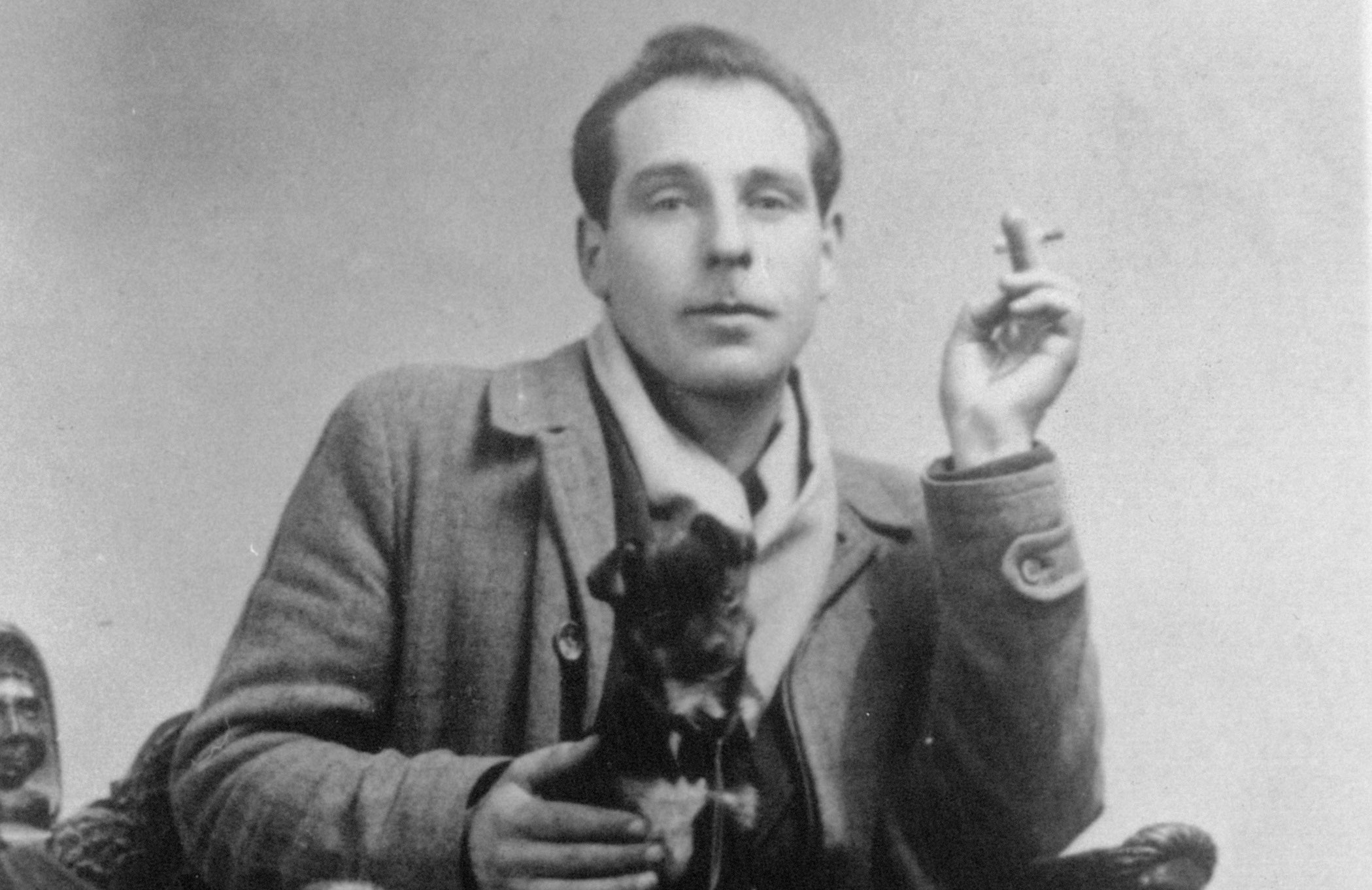
During his artistic career, Zinelli produced almost 3,000 works, many of which were double-faced. After the closure of the San Giacomo hospital in 1971, his creative activity decreased drastically.
He died in 1974, leaving an important legacy in the field of outsider art. His works continue to be exhibited in museums and collections around the world, offering a unique and deeply personal look into the artist’s inner world.
You can view the artist’s works at the following link: carlozinelli.it
SAN GIOVANNI LUPATOTO
City of Culture 2024
San Giovanni Lupatoto has been named Venetian City of Culture 2024, a prestigious recognition that celebrates our commitment to enhancing the local cultural heritage and promoting citizen participation. This title is awarded by the Veneto Region to support the cultural, touristic and economic growth of the area.
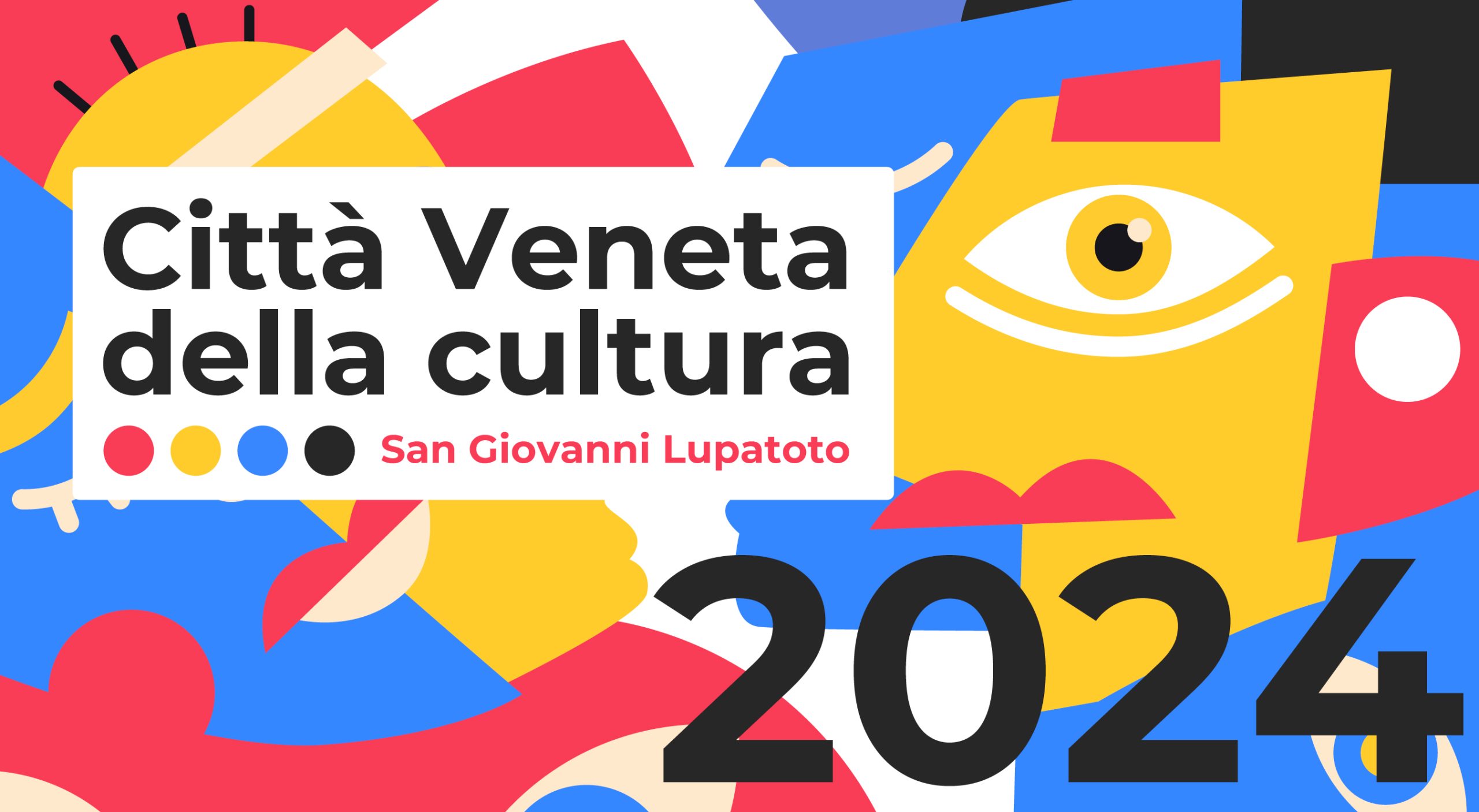
The recognition of Venetian City of Culture 2024 was awarded to San Giovanni Lupatoto thanks to its cultural promotion program that putss particular emphasis on citizen participation and the creation of new cultural spaces.
Among the highlighted projects are the redevelopment of historical buildings such as the former Lidl and the former Pindemonte school, which will become a new library and cultural centre. In addition, cultural sites such as the Astra Theatre, the house museum dedicated to Dino Coltro, the Maria Callas statue and square, and the ecomuseum at Casa Bombardà were central to the proposed cultural program.

